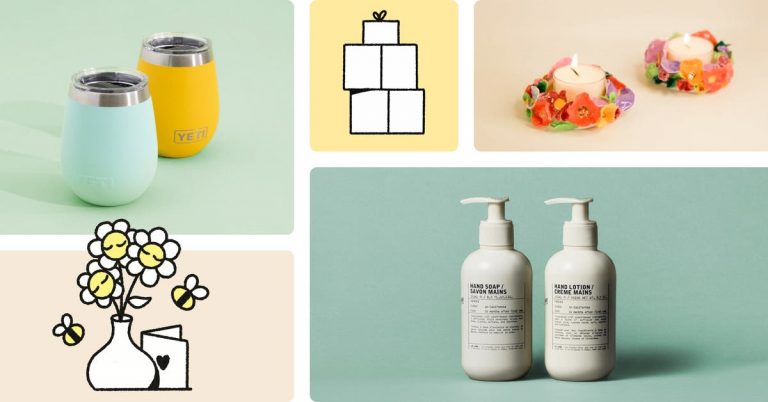How Hot Should Your Flat Iron Be?
Human hair is mostly made of a protein called keratin, which is held together by hydrogen bonds. These temporary links form between protein chains in each strand, and they’re flexible enough to be reshaped with heat or even water. (That’s why a blowout gets frizzy in the rain, even when you’re under an umbrella.)
Heat styling works by temporarily breaking and reforming those bonds into a new shape, and the goal when you’re using a hot tool is to have it just hot enough to break the hydrogen bonds. But once you cross into too-high heat, you’re no longer just rearranging the hydrogen bonds — you’re damaging the protein structure of the hair itself. That’s when strands get brittle, ends split, and your style starts looking a bit “crispy.”
A higher temperature doesn’t lock in a sleek style any better; it just torches your strands faster. Cosmetic chemist Alanna Tran says that for most hair types, the sweet spot is between 300 and 375 degrees Fahrenheit, and though many tools go up to 450 °F, you probably never need to go that high. “Once you get to 375 °F and up, you risk breaking disulfide bonds, which are responsible for the hair’s core strength and shape. That kind of damage is permanent,” Tran says.
However, the exact sweet spot depends on your hair type. So I spoke with a hairstylist, a trichologist, and a cosmetic chemist to figure out the ideal temperature for styling each hair type.
For fine or fragile hair: 200 °F to 300 °F
Fine strands have less structural protein and can fry even at lower temperatures. “Think of using a straightener on fine hair the same way you’d approach delicate linen or silk: with the utmost care,” says hairstylist Julie Dickson, owner of Joon Drop, a salon that specializes in fine hair. “Fine strands don’t need high heat to respond, and lower temps paired with a solid heat protectant will always get the job done without compromising the hair’s integrity.”
“The best approach is to start at the lowest temp that gets you results and go from there. Cranking it up ‘just in case’ causes way more long-term damage,” says cosmetic chemist Julie Pefferman. This advice applies to all hair types but especially to fine or chemically treated hair.
For medium or wavy hair: 300 °F to 325 °F
Medium-density or wavy hair tends to handle moderate heat a bit better than fine hair. It can hold a style fairly well, but it’s also more likely to lose definition as the day wears on. Pefferman suggests staying below 325 °F for most textures in this category.
If your hair is chemically treated (coloring, lightening, relaxing), it often behaves like it’s in this category, too. That’s because the chemical processes rough up the cuticle and weaken some internal bonds, making strands more porous and more responsive to humidity.
For coarse or very curly hair: 325 °F to 400 °F
This group may need a bit more oomph — but still not 450°F. “Honestly, that setting shouldn’t even exist on consumer tools,” says trichologist and founder of Colour Collective Kerry E. Yates. Even a heat protectant can’t stop damage if your iron is over 400 °F, says Pefferman, who also explains that if you do pump it up, say, to 430 °F, “you’re risking literal steam blisters inside your hair shaft.” So start at 350 °F, inch up only as necessary, and don’t break 400 °F.
If you’re worried that lower temperatures won’t straighten your hair, you may just need to change up your technique. For smoother, longer-lasting results without frying your strands, blow-dry your hair in small sections before using a flat iron, always directing the airflow downward. This makes straightening easier and lets you lower your flat iron’s heat.
So keep your temperatures low and your spirits high. And if you smell burning, you’ve definitely gone too far.
This article was edited by Hannah Rimm and Maxine Builder.





